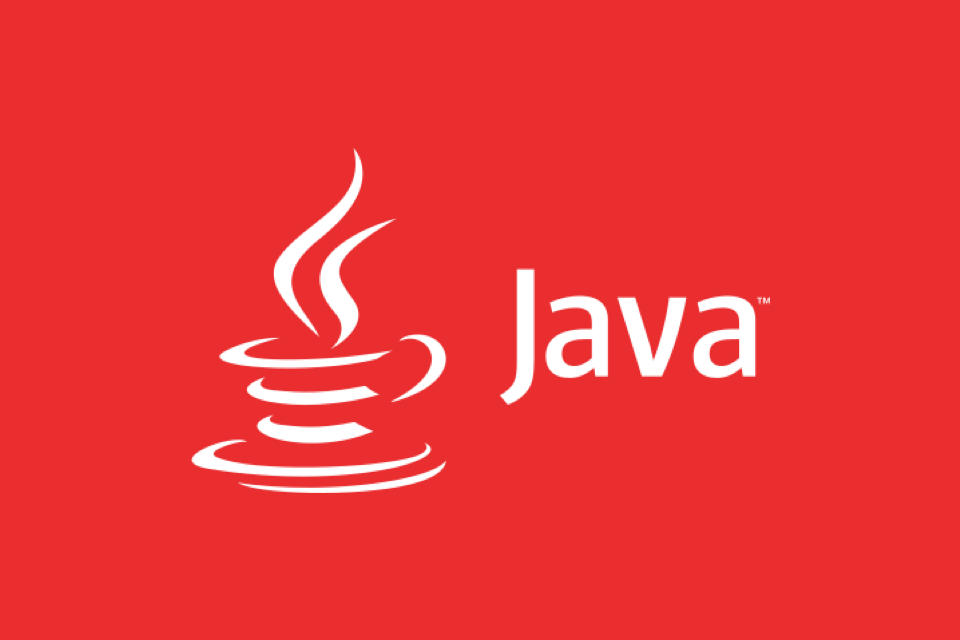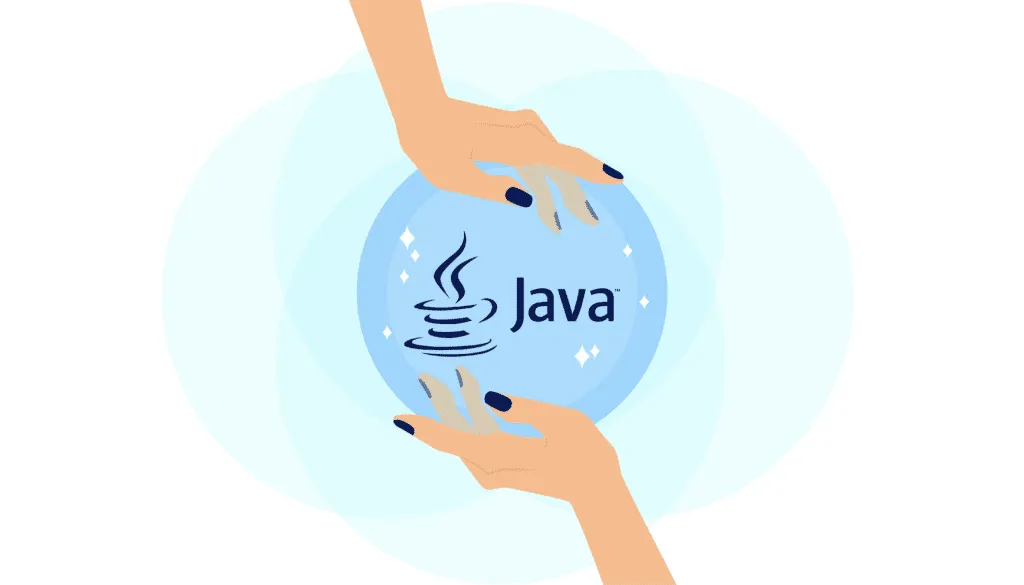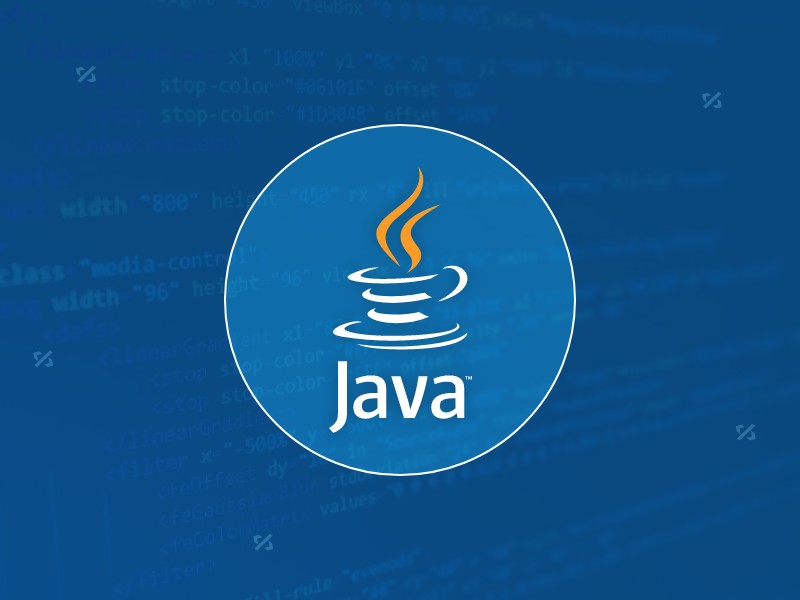What is method overloading vs overriding in Java?
Jul 07, 2025 am 02:29 AMThe core difference between method overloading and rewriting is that overloading is to implement the same name method through different parameter lists in the same class, while rewriting is the method of the subclass redefining the parent class. Specifically: 1. Method overload requires the same method name but different parameters (number, type, or order), to improve code readability and flexibility, such as the add method in the Calculator class; 2. Method rewriting requires the method name, parameters and return types to be exactly the same, and is used to implement runtime polymorphism, such as Dog class rewrites Animal's sound method; 3. Overloading is compile-time polymorphism, while rewriting is runtime polymorphism; 4. Overloading can be used for static methods, while rewriting is only applicable to instance methods.

Method overloading and overriding are two core concepts in Java related to polymorphism, but they serve different purposes and work in different ways.

What's the main difference?
Overloading happens when multiple methods in the same class share the same name but have different parameters (either in number, type, or order).
Overriding occurs when a subclass provides a specific implementation of a method that is already defined in its superclass.

Now let's break down each one with practical examples and use cases.
Method Overloading – Same name, different parameters
Overloading lets you define multiple methods with the same name but different input parameters. It helps make code cleaner and more readable by allowing flexibility in how a method can be called.

When do you use it?
You'll see this often in utility classes or APIs where a function should behave differently depending on what inputs are given.
For example:
class Calculator {
int add(int a, int b) {
return ab;
}
double add(double a, double b) {
return ab;
}
int add(int a, int b, int c) {
return abc;
}
} Here, add is overloaded:
- One version takes two integers.
- Another takes two doubles.
- And another takes three integers.
Key points:
- Must change the method signature (number, type, or order of parameters).
- Return type alone doesn't matter — you can't overload just by changing return type.
- Access modifiers or exceptions don't affect overloading either.
Method Overriding – Subclass redefined behavior
Overriding allows a subclass to provide a new implementation for a method inherited from a superclass. This is key for runtime polymorphism in Java.
How does it work?
Let's say we have a base class Animal and a subclass Dog .
class Animal {
void sound() {
System.out.println("Animal makes a sound");
}
}
class Dog extends Animal {
@Override
void sound() {
System.out.println("Dog barks");
}
} When you call sound() on an object of type Dog , the overridden version runs instead of the one in Animal .
Important rules:
- The method name, return type, and parameters must match exactly .
- The access level can't be more restrictive than the overridden method (eg, can't go from
protectedtoprivate). - Static methods can't be overridden — they can only be hidden.
- Constructors cannot be overridden either.
A common place you'll see this is in GUI event handling or when working with frameworks like Spring or Android, where you're expected to override certain methods to customize behavior.
A few easy things to remember
- Overloading is compile-time polymorphism; overriding is runtime.
- Overloading is within the same class; overriding happens between parent and child classes.
- You can overload any method (including static ones), but you can only override instance methods.
- Use
@Overrideannotation when overriding — it helps catch mistakes early.
So if you're writing Java code and wondering whether to overload or override, think:
Are you working inside the same class and varying input? → Use overloading.
Are you customizing a method from a parent class? → Use overriding.
Basically that's it.
The above is the detailed content of What is method overloading vs overriding in Java?. For more information, please follow other related articles on the PHP Chinese website!

Hot AI Tools

Undress AI Tool
Undress images for free

Undresser.AI Undress
AI-powered app for creating realistic nude photos

AI Clothes Remover
Online AI tool for removing clothes from photos.

Clothoff.io
AI clothes remover

Video Face Swap
Swap faces in any video effortlessly with our completely free AI face swap tool!

Hot Article

Hot Tools

Notepad++7.3.1
Easy-to-use and free code editor

SublimeText3 Chinese version
Chinese version, very easy to use

Zend Studio 13.0.1
Powerful PHP integrated development environment

Dreamweaver CS6
Visual web development tools

SublimeText3 Mac version
God-level code editing software (SublimeText3)

Hot Topics
 Why does Go language not support the design concept of method overloading?
Apr 04, 2024 am 09:00 AM
Why does Go language not support the design concept of method overloading?
Apr 04, 2024 am 09:00 AM
The Go language does not support method overloading because its design philosophy emphasizes simplicity, concurrency, and type safety. Method overloading can introduce name conflicts, complex type systems, and code confusion. To compensate for this, the Go language provides functions that allow the creation of functions with the same name but different parameter types in the same package, similar to the functionality of method overloading.
 How to implement method overloading in Go language
Apr 03, 2024 pm 12:15 PM
How to implement method overloading in Go language
Apr 03, 2024 pm 12:15 PM
Method overloading is not supported in Go language, but interface simulation can be used. Method overloading steps: 1. Create an interface containing all possible signatures; 2. Implement multiple methods with different signatures to implement the interface.
 Method overloading analysis of Golang functions
May 16, 2023 am 08:36 AM
Method overloading analysis of Golang functions
May 16, 2023 am 08:36 AM
In Golang, function overloading (Overloading) is not supported because function names are unique, and defining two functions with the same name in the same scope is not allowed. However, Golang provides an alternative to method overloading, which is method overloading. Method Overloading is a method that defines methods with the same name in a class, but their parameter lists are different. In this article, we will learn about method overloading in Golang in detail. What
 Reasons and solutions why method overloading in Go language is not feasible
Apr 03, 2024 pm 12:33 PM
Reasons and solutions why method overloading in Go language is not feasible
Apr 03, 2024 pm 12:33 PM
The Go language does not support method overloading due to static type checking complexity, loss of clarity, and incompatibility with interfaces. Alternatives include function overloading, interface methods, and polymorphism. Specifically, function overloading allows the creation of functions of the same name with different parameter lists, interface methods use interfaces to define methods and implement them in different types, and polymorphism uses type conversions and assertions to implement object methods with different types of parameters. transfer.
 An in-depth discussion of method overloading issues in Go language
Apr 03, 2024 pm 01:36 PM
An in-depth discussion of method overloading issues in Go language
Apr 03, 2024 pm 01:36 PM
The Go language does not support direct method overloading, but uses interfaces to simulate similar functions. The interface defines a set of methods, and the type simulates overloading by implementing the interface's methods. It uses different interfaces to define the same method with different parameter lists, and creates types to implement these interfaces, thereby achieving the effect of method overloading.
 How to determine the most matching method in Java function overloading mechanism?
Apr 26, 2024 am 09:06 AM
How to determine the most matching method in Java function overloading mechanism?
Apr 26, 2024 am 09:06 AM
The matching rules for Java function overloading are: Exact match: Parameter type and number exactly match Variable parameters: Variable parameter method matches any number or type of parameters Packaging type and original type conversion: Basic types and packaging types can be converted into each other Automatically loaded Boxing/unboxing: base type values ??and wrapped type objects can be automatically converted to derived class types: derived class objects can match base class type parameters
 Unveil the mystery of Python inheritance and polymorphism and open up a new realm of programming
Feb 20, 2024 pm 09:15 PM
Unveil the mystery of Python inheritance and polymorphism and open up a new realm of programming
Feb 20, 2024 pm 09:15 PM
In Python, inheritance and polymorphism are powerful concepts in object-oriented programming (OOP) that make code more scalable, reusable, and maintainable. This article will take a deep dive into inheritance and polymorphism in Python, demystifying them and demonstrating their power. Inheritance Inheritance allows one class (child class) to inherit properties and methods from another class (parent class). Through inheritance, subclasses can reuse code that has been defined in the parent class, thereby reducing duplication and improving code maintainability. Syntax: classSubclass(Superclass):#Unique properties and methods of subclass Demonstration code: classAnimal:def__init__(self,name):self.n
 An alternative to elegantly handling method overloading in Go
Apr 03, 2024 am 10:15 AM
An alternative to elegantly handling method overloading in Go
Apr 03, 2024 am 10:15 AM
There is no method overloading in Go language, but similar behavior can be achieved using alternatives: Function variables: Define functions with different sets of parameters and store them in variables, calling the appropriate function as needed. Interface type: Define an interface type that contains multiple methods with different sets of parameters and implement the interface to provide specific behavior. Nested types: Grouping methods into nested types, where each nested type represents a function with a different number or type of arguments.






